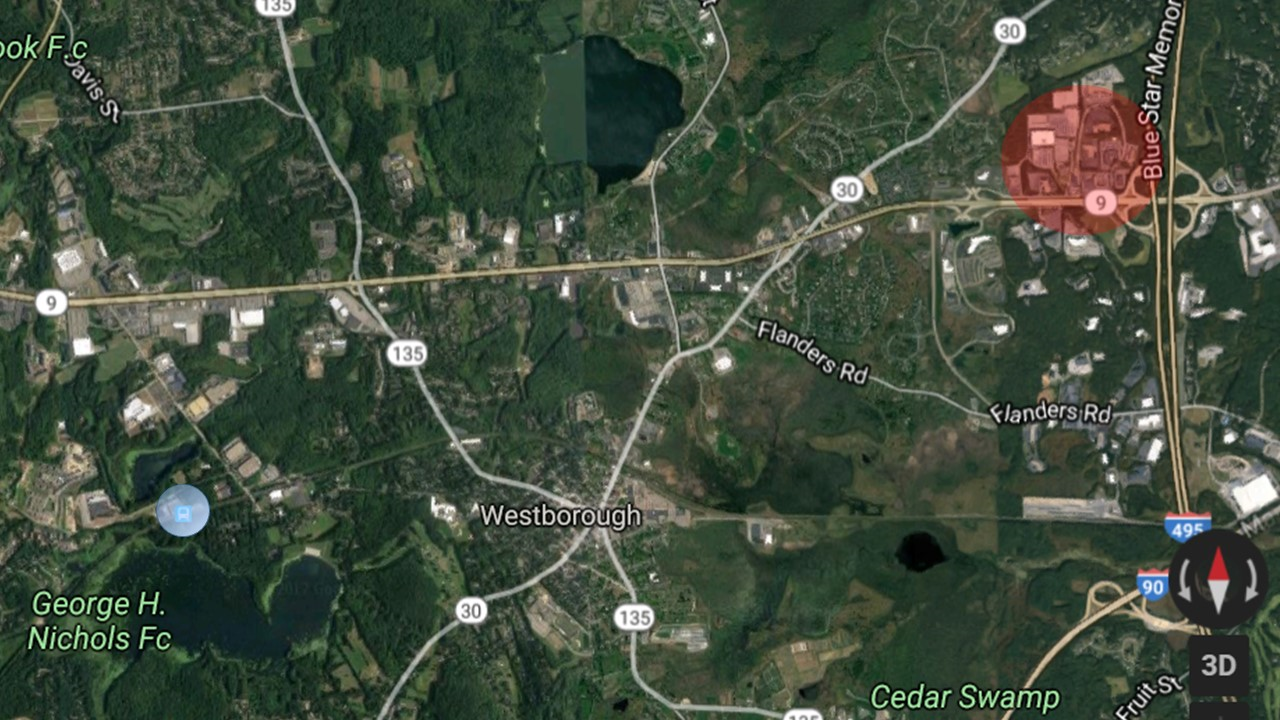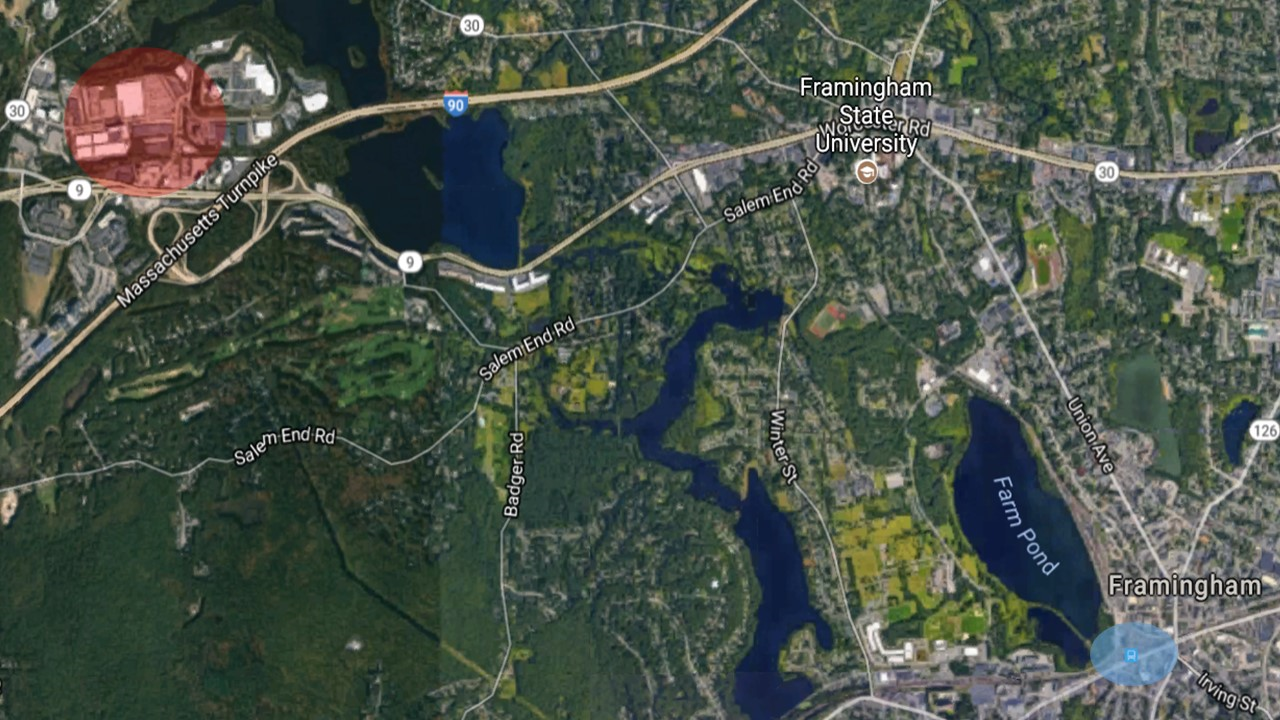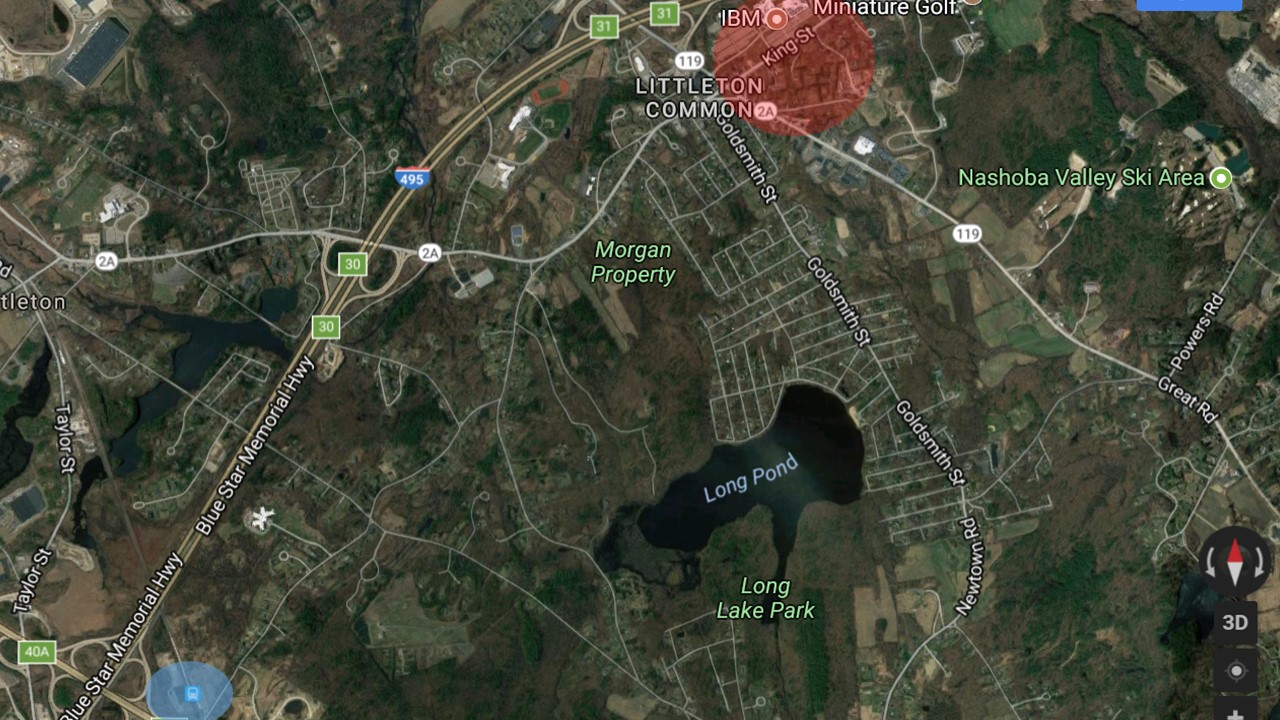
As we described in a previous post, job growth outside of the Boston core has overwhelmingly occurred at highway interchanges with limited access to public transportation. This phenomenon is partially attributable to the MBTA commuter rail’s hub-and-spoke model. By design, the system operates with one-directional aim—funneling suburban residents to jobs in Boston and Cambridge.
Increasingly, companies in suburban locations need to attract and retain skilled workers living in the Boston core. To reach these workers, regional transportation agencies have responded with shuttles to take reverse commuters from rail stations to local employers. This last-mile service approach is unlikely to lead to more employment growth in Gateway Cities, however it is still worth considering. If we focused similar attention on using shuttles to tap into the Gateway City labor force, it could connect Gateway City residents to more employment opportunities in their regions. These services might also make Gateway City station areas more attractive locations for high-density residential development.
A closer look at the services currently offered along the Worcester and Fitchburg lines is informative. While some seem viable, others require lengthy commutes. Most shuttle services currently only offer one or two picks-ups each day during morning and afternoon rush hour, which doesn’t help Gateway City workers angling for second-shift or off-hours positions.
Westborough Station
Sanofi-Genzyme and many other major employers offer thousands of jobs in Westborough just 12 miles east of downtown Worcester. Driving this distance with morning traffic takes a half hour or more. On public transit, this is a 17-minute train ride from downtown Worcester, followed by a 15-minute ride on the Worcester Regional Transit Authority shuttle, which transports workers from the Westborough MBTA station to jobs near the Route 9/I-495 interchange. The fare for this trip is just $5.25 ($3.50 for the train $1.75 for the shuttle).

Southborough Station
Boston Scientific’s campus in Marlborough is 17 miles from downtown Worcester. Driving straight out on I-290, it’s about 25 minutes. Getting there by public transit requires a 38-minute train ride to the Southborough station, followed by a 20-minute bus ride on the MetroWest Regional Authority shuttle (MWRTA). The fare for this roughly one hour commute is just $4.75 ($3.50 for the train $1.25 for the shuttle). An Uber or Lyft ride from downtown Worcester to Boston Scientific would cost about $25, split four ways car sharing is an economical and far faster alternative for commuters without vehicles.

Framingham Station
Commuting the 26 miles from Worcester to Staples, one of the largest employers in Framingham, takes about 40 minutes at rush hour. On public transit, it requires a 40-minute train ride followed by 15 to 20 minutes on the MWRTA commuter shuttle. The fare for this roughly one hour commute is $5.25 ($4.00 for the train $1.25 for the shuttle).

Littleton Station
With newly adjusted schedule on the Fitchburg line to facilitate reverse commuters, the towns of Littleton and Westford are in the process of implementing a new shuttle program connecting IBM and Juniper Networks employees to and from the Littleton MBTA rail station. This service aims to encourage those living in Boston to commute out, but the shuttle’s schedule will be synchronized with inbound and outbound schedules making it an option for residents of downtown Fitchburg as well. For $3.25, passengers can ride from Fitchburg to the Littleton Station in less than 30 minutes, about the same time as required to make this 20-mile journey by car. The Shuttle ride is another 10 minutes to IBM in Littleton and 15 minutes to Juniper Networks in Westford.

Waltham is another potential destination on the Fitchburg line. While buses serve the station, they are not currently set up to carry commuters to employers in a timely fashion. Opportunities to move Gateway City residents to jobs at major employers exist on other lines as well. Lawrence and Haverhill residents could reach employers like Analog Devices in Wilmington. Lowell residents could get to the Marshalls Distribution Center and other major employers clustered in Woburn.
Deeper analysis can give us a better understanding of which locations present the greatest opportunities to use existing rail lines to move Gateway City residents to suburban job generators, and cost-effective policies to take advantage of these opportunities.
